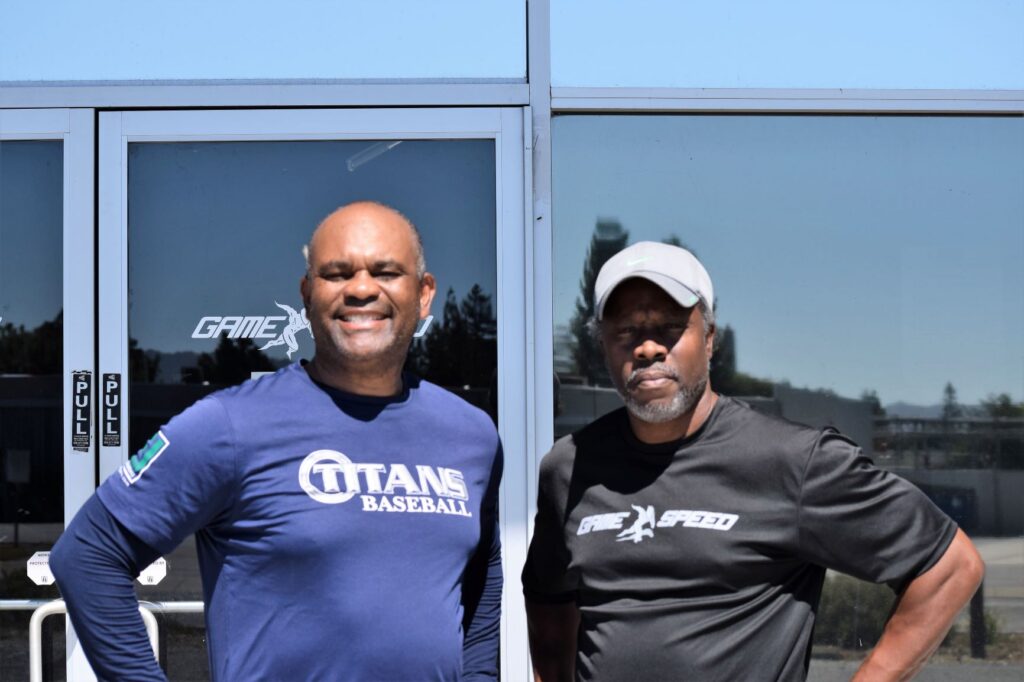Maximizing the Off-Season: A Guide to Achieving Success in Spring Sports
Maximizing the Off-Season: A Guide to Achieving Success in Spring Sports
Welcome to our podcast today, where we discuss the importance of the off-season and how athletes can strategically plan and train for upcoming spring sports. Coach Eric Johnson (EJ) and Coach Aaron Thigpen (The Source) share their insights and expertise on this topic, highlighting the key considerations for athletes during this crucial period.
Understanding the Off-Season:
As the off-season approaches, athletes must ask themselves, “What’s the plan? What’s the goal?” This period between fall and spring sports offers a limited amount of time to prepare for the upcoming season. While the calendar may show 60 days, it’s essential to remember that the actual training days within this timeframe are fewer. Therefore, athletes need to be strategic in their approach, setting clear goals and devising a plan to maximize their training efforts.
Different Types of Athletes:
There are two types of athletes during the off-season: those who have been training consistently throughout the year and those who haven’t. For athletes who have followed a year-round training plan, they may already be in excellent shape and have a well-structured training regime. These athletes have an advantage as they can build upon the progress they have already made and focus on fine-tuning their skills and addressing specific areas of improvement.
On the other hand, athletes who haven’t been training consistently during the off-season need to evaluate their current fitness level and set realistic goals for the next 60 days. Whether it’s regaining fitness, improving endurance, or working on specific skills, these athletes must make the most of the available time and prioritize their training accordingly.
The Importance of Transfer:
One key aspect of off-season training is the concept of transfer. Athletes must ensure that the exercises and drills they engage in during this period directly translate into improved performance in their respective sports. For example, baseball players may focus on mock swings and dry throws to fine-tune their skills and adapt to the increased power and speed they have developed through their training. By bridging the gap between general preparation and sport-specific movements, athletes can enhance their performance and reduce the risk of injury.
Maintaining Training During the Season:
A common misconception among athletes is that training only occurs during the off-season. However, it is crucial to maintain and even elevate training efforts during the competitive season. By doing so, athletes can sustain the gains made during the off-season and be better prepared for the demands of their sport. Additionally, maintaining training during the season helps prevent injuries, allows for skill refinement, and ensures a smoother transition into the subsequent season.
Individualized Approach:
Each athlete’s off-season plan will be unique, depending on their sport, current fitness level, and specific goals. Athletes should focus on areas that require improvement or attention, whether it’s building endurance, increasing speed, or refining technique. It is essential not to overwhelm oneself with too many objectives but instead prioritize one or two key areas to work on during the off-season. This approach allows for focused and effective training, leading to noticeable improvements in performance.
Transitioning from Fall Sports:
For athletes transitioning from fall sports to spring sports, it is crucial to gradually reintroduce sport-specific movements and acclimate the body to the demands of the new season. By engaging in shadow movements and low-intensity drills, athletes can ensure that their muscles maintain familiarity with the required movements, reducing the risk of injury and avoiding a significant decline in performance.
Conclusion:
The off-season is a critical period for athletes to prepare for the upcoming spring sports season. By setting clear goals, creating a well-structured training plan, and focusing on individual needs and objectives, athletes can maximize their training efforts and improve their performance. It is imperative to remember that training should not be limited to the off-season but must be maintained throughout the competitive season to sustain progress and prevent injuries. By following these guidelines, athletes can achieve success and excel in their respective sports.
